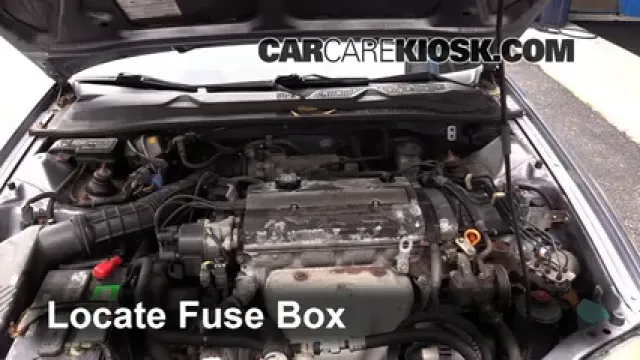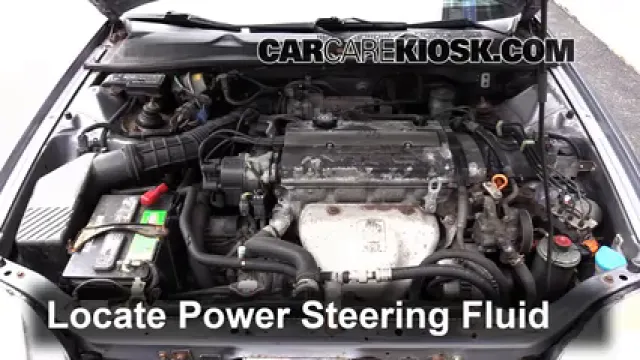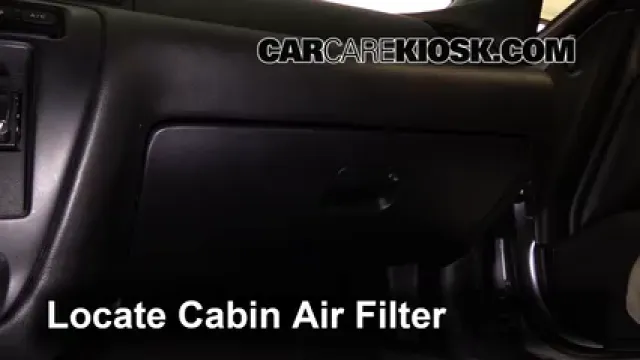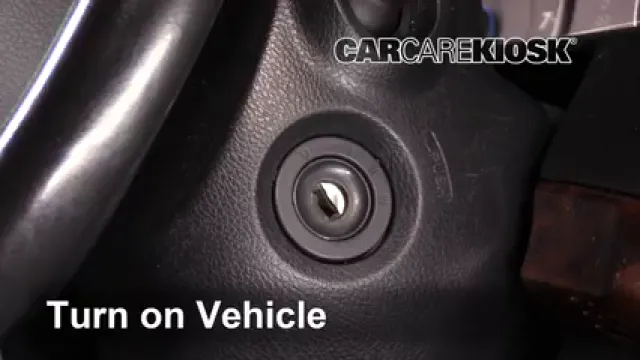Consumer Review Video - 2000 Honda Prelude 2.2L 4 Cyl.
Common problems and easy repairs on a 2000 Prelude
The 2000 Honda Prelude is a relatively easy vehicle to maintain, and a good choice for even the average car owner. Changing the engine air filter is easy to do, as you only have to disengage a few fasteners for reliable access to the filter. These fasteners are easy to disengage. The headlight is no problem to access. You only have to reach behind the housing for access to the bulb. The front wiper blade is easy to change. Other models will require the use of tools, so it’s a nice touch to be able to change this blade with just your hands.
Some things are more problematic on the 2000 Honda Prelude. You will need a few tools in order to access the tail light. While this isn’t difficult access, the lining you need to peel back can grow tight to the vehicle over time. Checking the engine coolant fluid level can be difficult, as the reservoir is not located in an overly visible spot in the engine bay. To access the cabin air filter with reliability, you will have to lower the glove box and use a few tools for access. This would have been easier if there were a panel in the rear of the glove box for access.
Author
Hans Angermeier has produced over 100,000 videos showing drivers how to fix things on their cars. He has broad expertise on basic repair procedures covering the majority of cars on the road.












